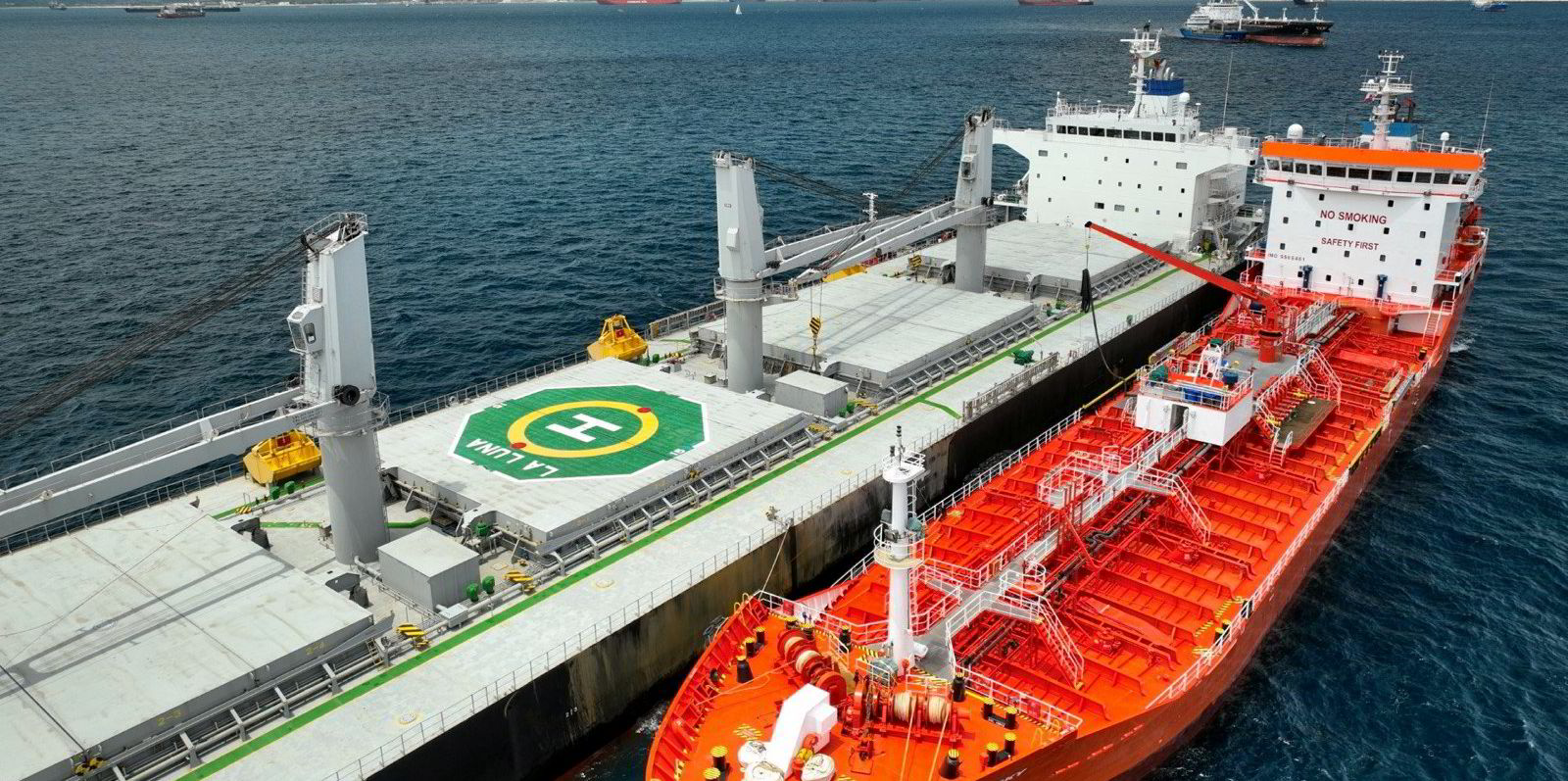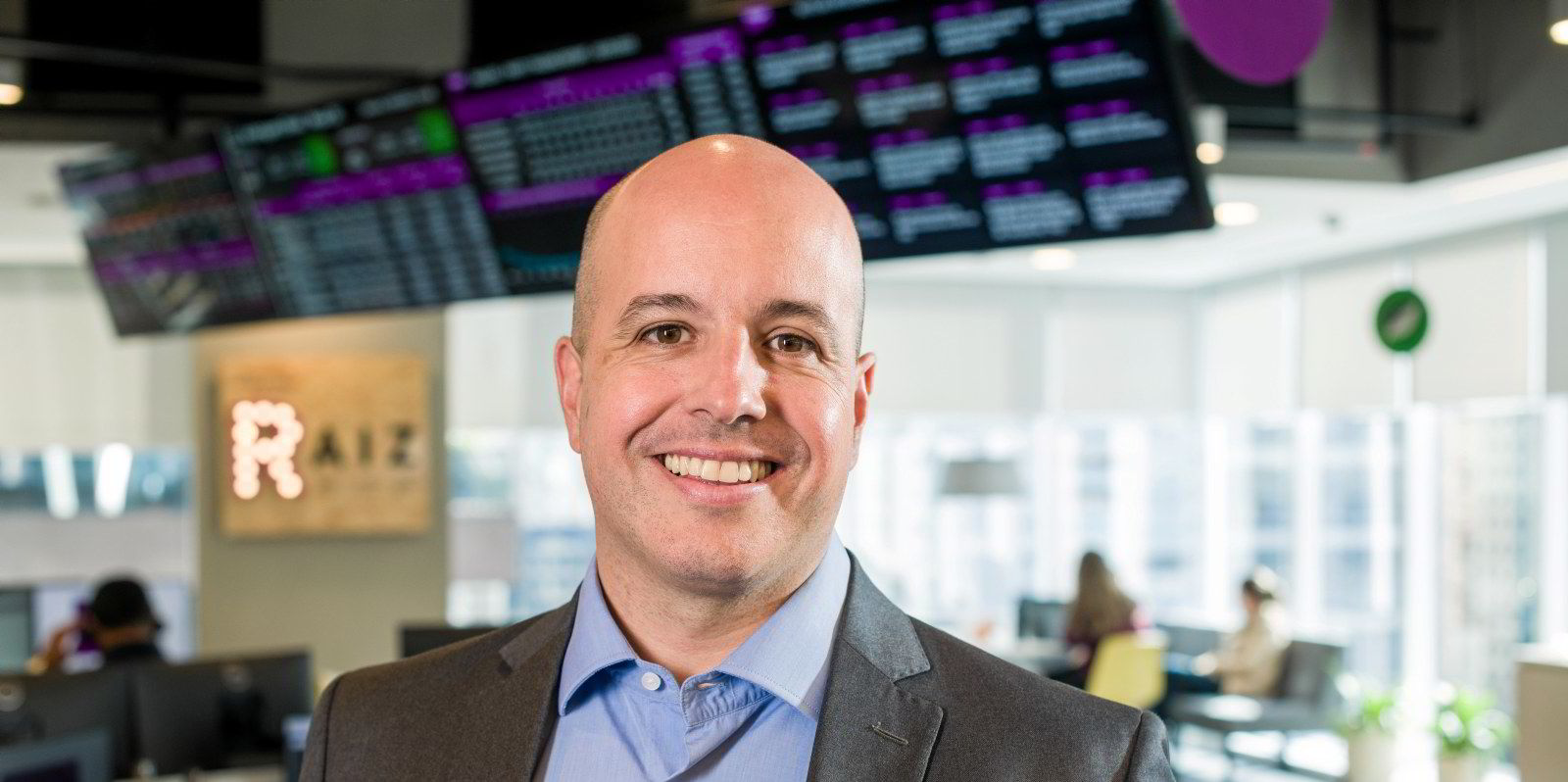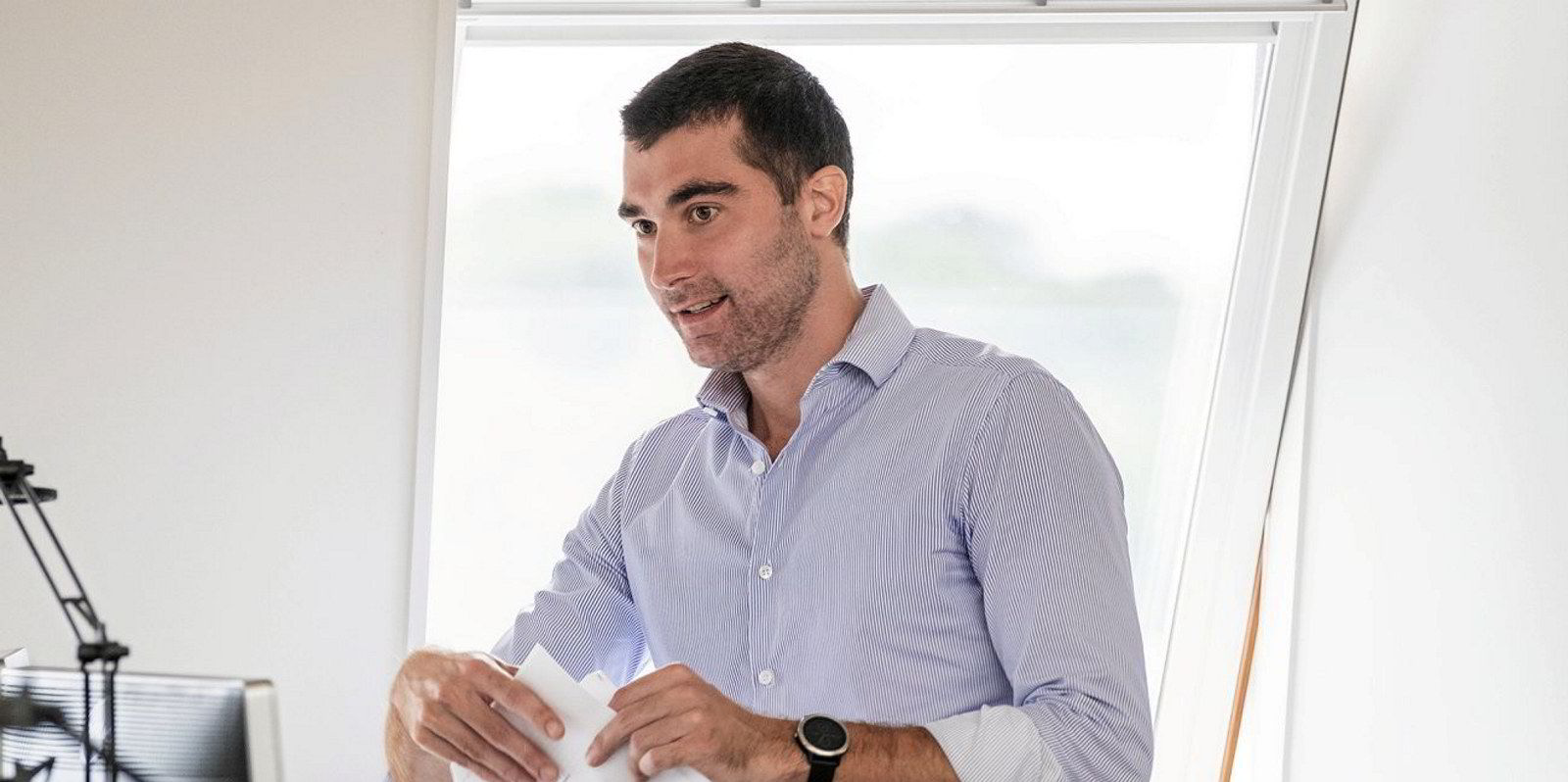Biofuels are currently the easiest way for shipowners to reduce carbon emissions from their existing ships via the use of alternative fuels.
Biofuel diesel blends are readily available, do not require complicated technical upgrades and environmental regulations are being updated to reward the clean fuel’s lower carbon emissions.

This story is part of a series of articles looking at the future of fuels in shipping.
Click here to read the full report
Under the European Union’s Emissions Trading System, biofuels that meet the bloc’s Renewable Energy Directive (RED II) sustainability criteria are given a zero-CO2 emissions rating.
At a recent International Maritime Organization meeting, it was agreed that flag states could recognise the environmental benefits of biofuels in the Carbon Intensity Indicator ship assessments.
“It is important to note that biofuels are one of the few alternative fuels that are available to some degree today,” DNV environmental consultant Oyvind Sekkesaeter said.
“Because regulations are taking shape, we see that the incentive for using biofuels will only increase.”
Sekkesaeter estimates that a 30% blended biofuel — with the biofuel content certified to reduce well-to-wake carbon intensity by 65% — could result in a 20% improvement in CII.
Despite the attractions of using biofuels, cost is the major negative factor.
Biodiesel of 100% is trading at a premium of approximately $500 per tonne compared with very low sulphur fuel oil, while the premium for 30% biodiesel blends ranges from about $150 to $250 per tonne.
Denmark’s Norden has been one of the most progressive biofuel-using shipowners.
Henrik Rojel, head of decarbonisation and climate solutions, said it has used 100% biofuels made from waste vegetable oil “on a fairly regular basis”.
Norden has worked closely with shipper clients to reduce their carbon footprints through the use of biofuel.
Last year, the company bunkered about 5,000 tonnes of biofuel, certified for its sustainability, and used it on its owned and chartered vessels.
Commenting on when Norden decides to use biofuel, Rojel said: “It depends on whether we can get it and if we think it makes sense at that particular time and the cost is a topic as well. If we can bunker in the Netherlands and use it in the SECA [sulphur emission control areas] zones instead of gas oil, it can be less costly.”
Norden has committed to ordering zero-emission ships by 2030, but Rojel believes biofuels will still be a part of the company’s fuel makeup for at least the next 10 to 15 years.
He points out that more and more traders are supplying biofuels in the expectation of an increase in demand from shipping companies.
But, with its increasing popularity, a potential shortage could be looming.
“At some point, it will become more challenging to secure the fuels you need,” he said.
To try to secure future supply, Norden recently invested in MASH Makes, which produces fuel from biomass waste.

RED II only recognises biofuel made using waste biomass as feedstock.
This includes agricultural byproducts, livestock excrement, bio and industrial waste, forest residue and non-food crops.
DNV estimates that the global sustainable biofuel production will be between 400m and 600m tonnes of oil equivalent (toe) per year in 2030 and will increase to between 500m and 1,300m toe per year by 2050.
Currently, production stands at around 11m toe per year.
DNV estimates that shipping would need something like 250m toe per year if it were to decarbonise based entirely on biofuels.
Given the intense competition from other industries for biofuel, it seems unlikely there will be enough to go around.
However, there are potentially sustainable marine biofuels under development that could help to increase supply.
Brazil’s Raizen, the country’s leading producer of ethanol from sugar cane, has teamed up with engine maker Wartsila to test its potential as a marine fuel.
Brazil has embraced the use of biofuels in transportation with flex-fuel cars — sometimes known as sugar cane cars — that can run on up to 100% ethanol fuel.
Raizen and Wartsila are now looking at whether high-content ethanol-blended fuel can be used in methanol dual-fuel engines with some modifications.
Raizen estimates it can achieve up to an 80% reduction in the overall emissions through the use of ethanol.
A key element is to make sure its ethanol is produced sustainably. It carefully monitors every part of the production transportation process to measure the carbon footprint. It also uses waste sugar cane residue to produce sustainable ethanol.
It is initially planning to use ethanol to reduce its shipping carbon footprint when transporting ethanol around the world.
Paulo Neves, vice president of trading at Raizen, believes the company can raise production to contribute to the marine fuel transition.
“With the technologies we are developing here, with the same land, we can produce 50% more ethanol,” he said. “We are growing but we still have spare capacity available.”





